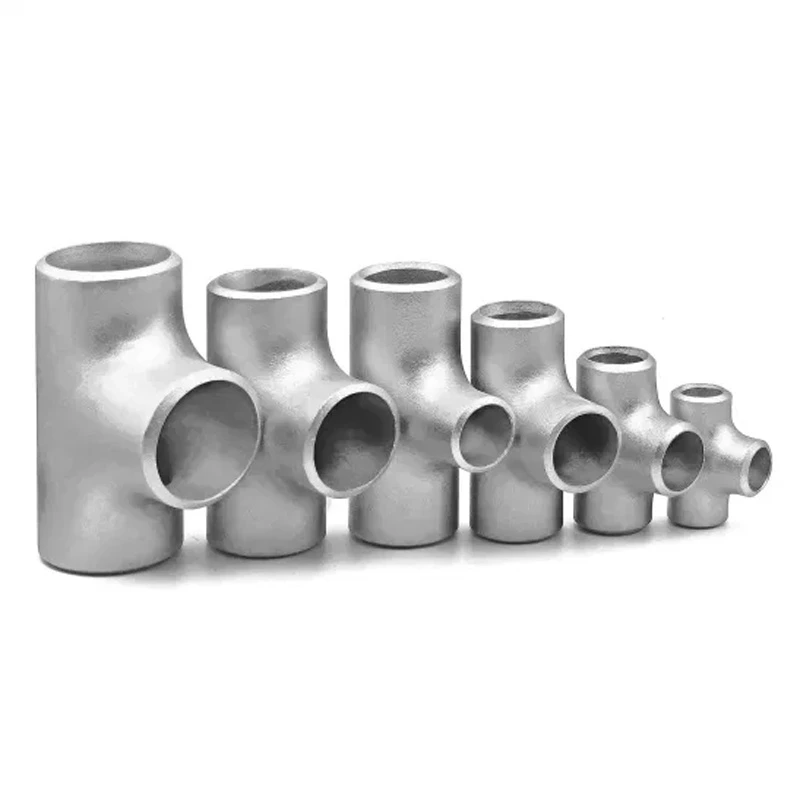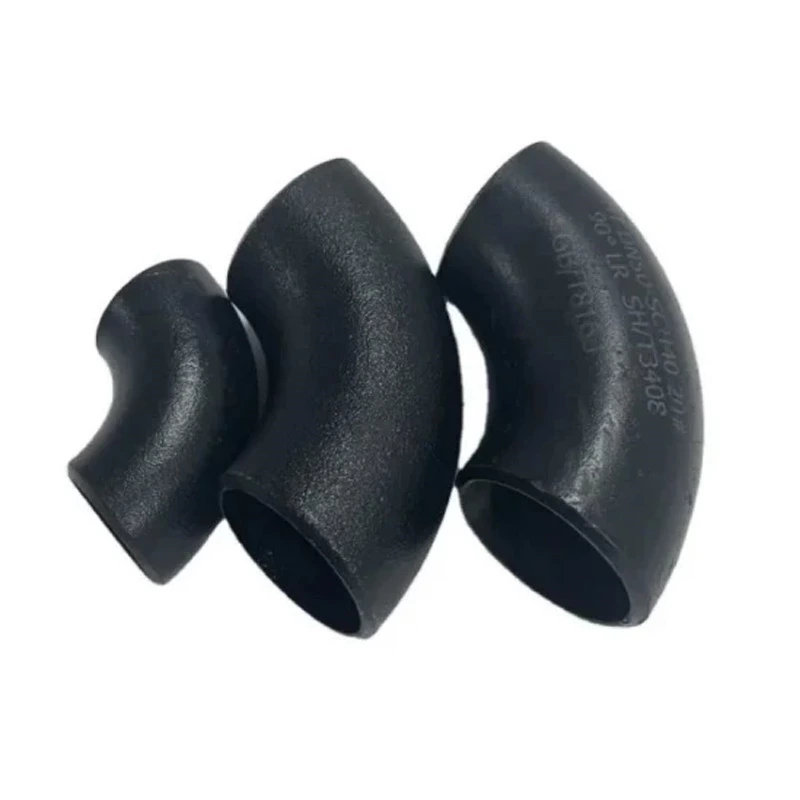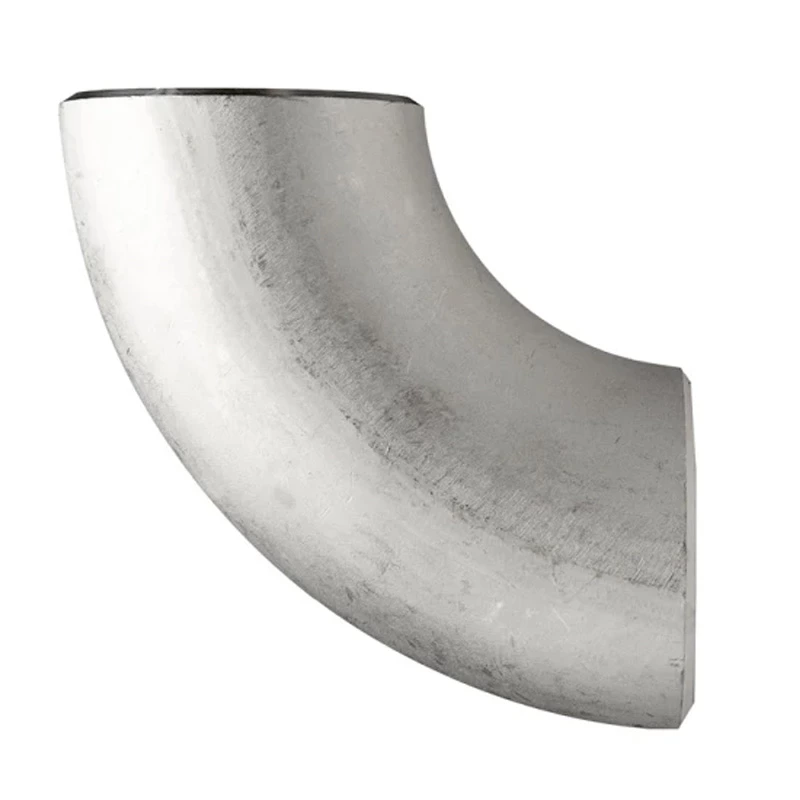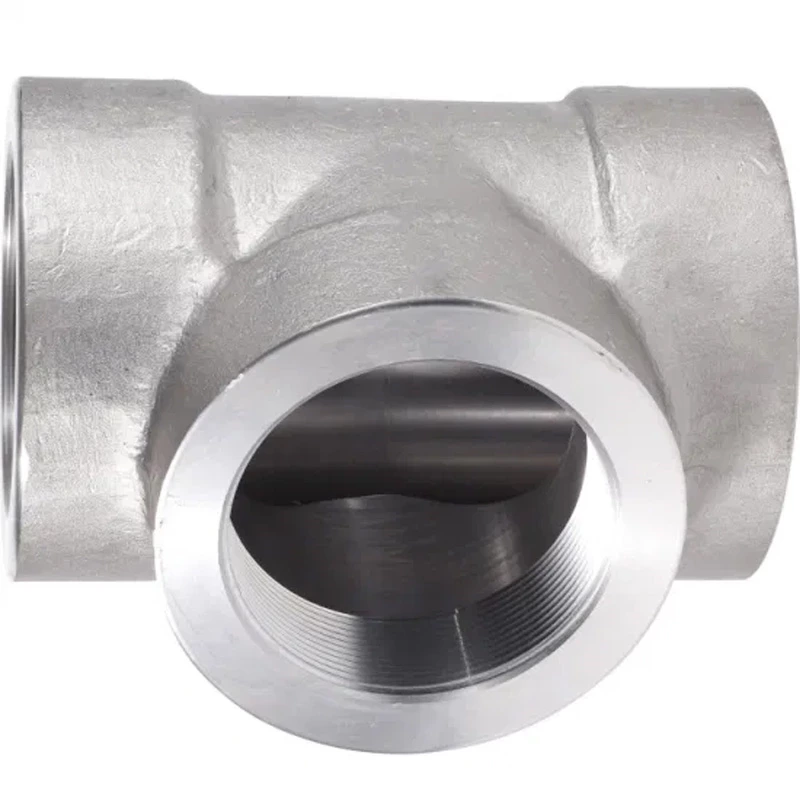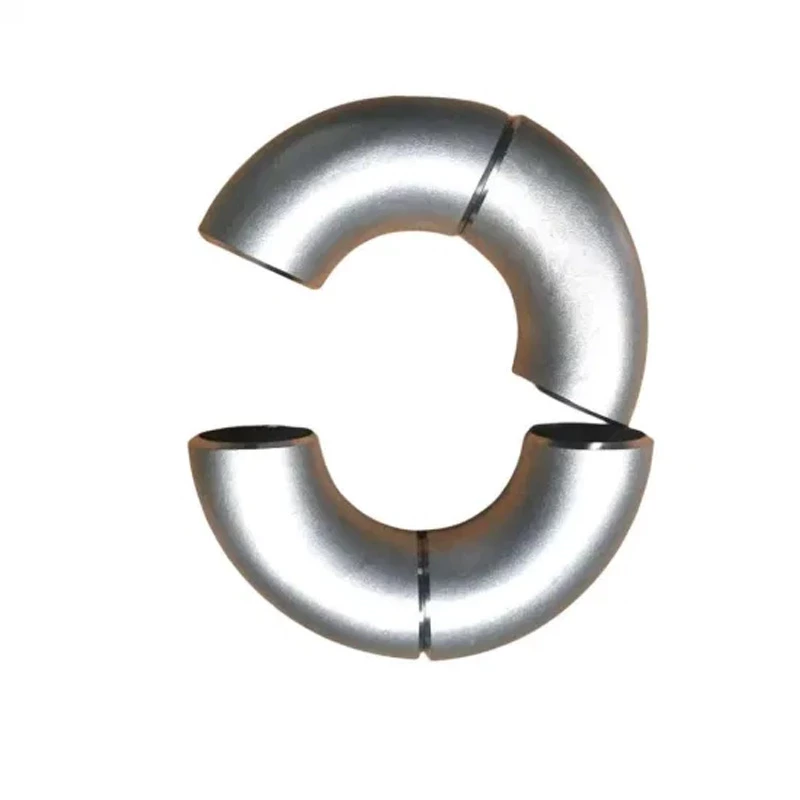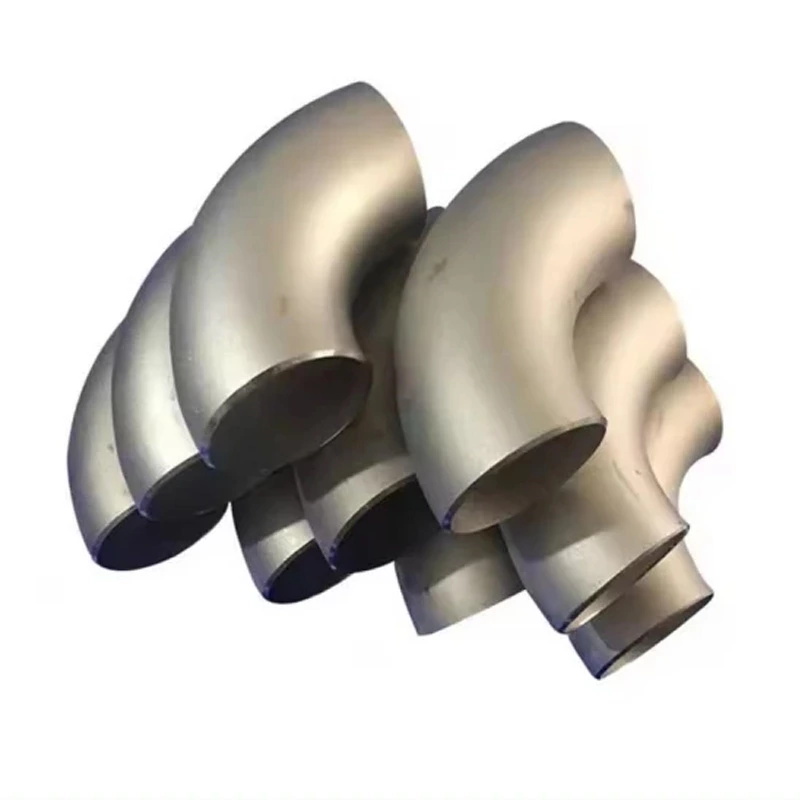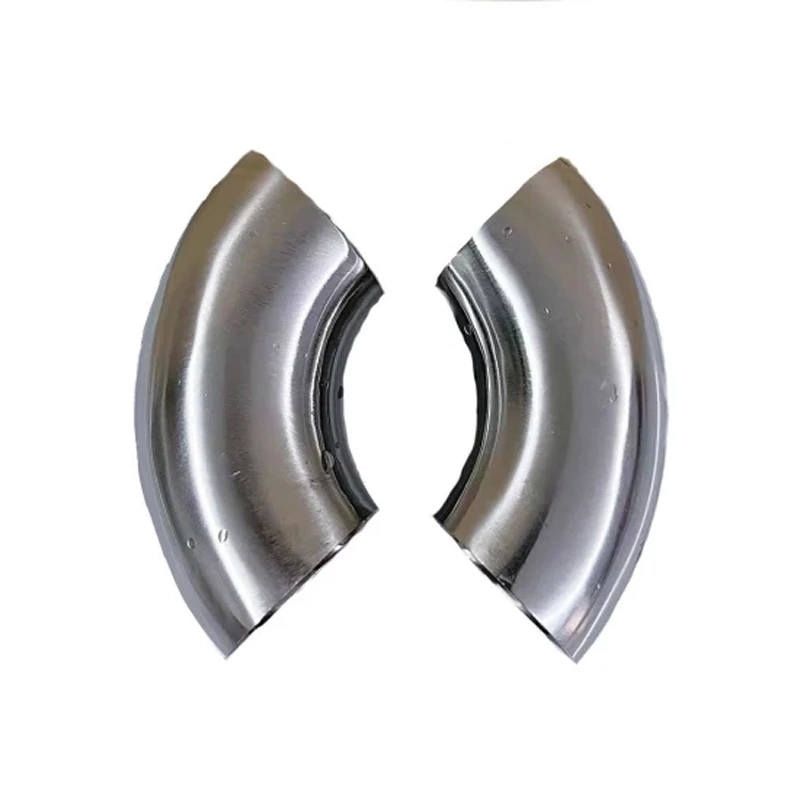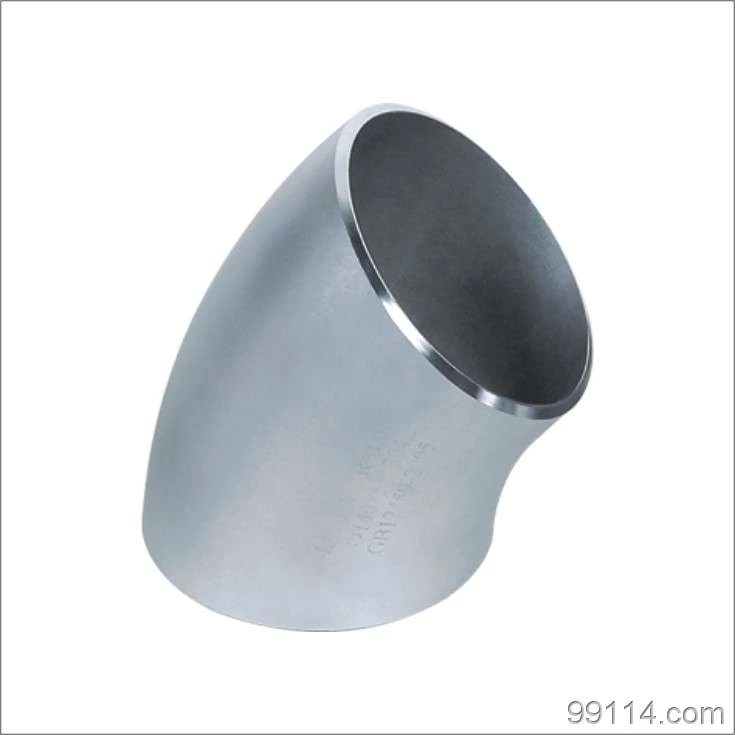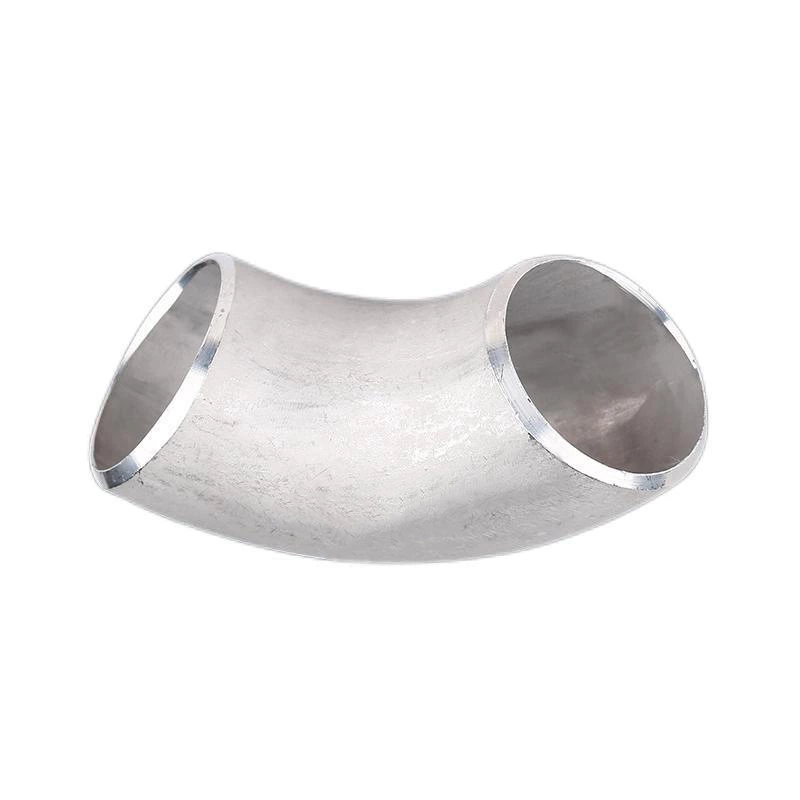What Are The Key Points In The Thread Tapping Of Butt Welding Tees In Stainless Steel Pipe Fittings?
What are the key points in the thread tapping of the butt-welded tee in Stainless Steel Weld Tee? The internal threads on the stainless steel butt-welded tee are generally tapped with a tap. Due to the high viscosity of stainless steel materials and poor chip breaking performance, it is easy for chips to scratch the workpiece thread or the tap to break during the tapping process, affecting the processing efficiency and thread quality.
In order to extend the service life of the tap and improve the thread processing quality of Yuying Pipe Fittings, the following key points should be paid attention to. (1) Generally, better tap materials are selected. Adding special alloy elements to ordinary high-speed tool steel can significantly improve the wear resistance and toughness of the tap. (2) Applying titanium nitride coating on the surface of the tap thread can significantly improve the wear resistance, heat resistance and lubricity of the tap.
(3) Appropriately increase the tap rake angle. However, it should be noted that if the tap rake angle is too large, it is easy to cause the tap to break and the tapped thread to be multi-edged when the tool is withdrawn. (4) Appropriately increase the tap backing amount. However, it should be noted that if the backing is too large, the chips will easily get stuck in the back angle of the tap when the tool is withdrawn.
And the tapped thread has poor finish. (5) Reasonable selection of tool heat treatment method to balance the hardness and toughness of the tap. (1) The bottom hole L size of the workpiece should be pre-processed based on the principle of minimizing the tapping processing volume, especially the American standard NPT thread and the British standard f, r thread, whose taper is 16, and most stainless steel manufacturers cast straight holes according to the small end diameter of the thread as the tapping bottom hole L, resulting in a large amount of processing in the second half of the tapping.
① The tapping torque is large, and the tap is prone to cracking or chipping; ② The tapped thread has poor finish; ③ The tapped cylindrical thread is too small when tested with a plug gauge. The reason is not that the thread diameter is inconsistent, but that the chips scratch the thread and there are burrs. (2) The bottom hole L size is preferably the small diameter size of the processed thread plus a margin of 0.1-0.2mm. (3) It is best to use a customized reamer to process the hole L before tapping. For American standard Nf, r threads and British standard f, r threads, they should be processed into a tapered bottom hole L.
